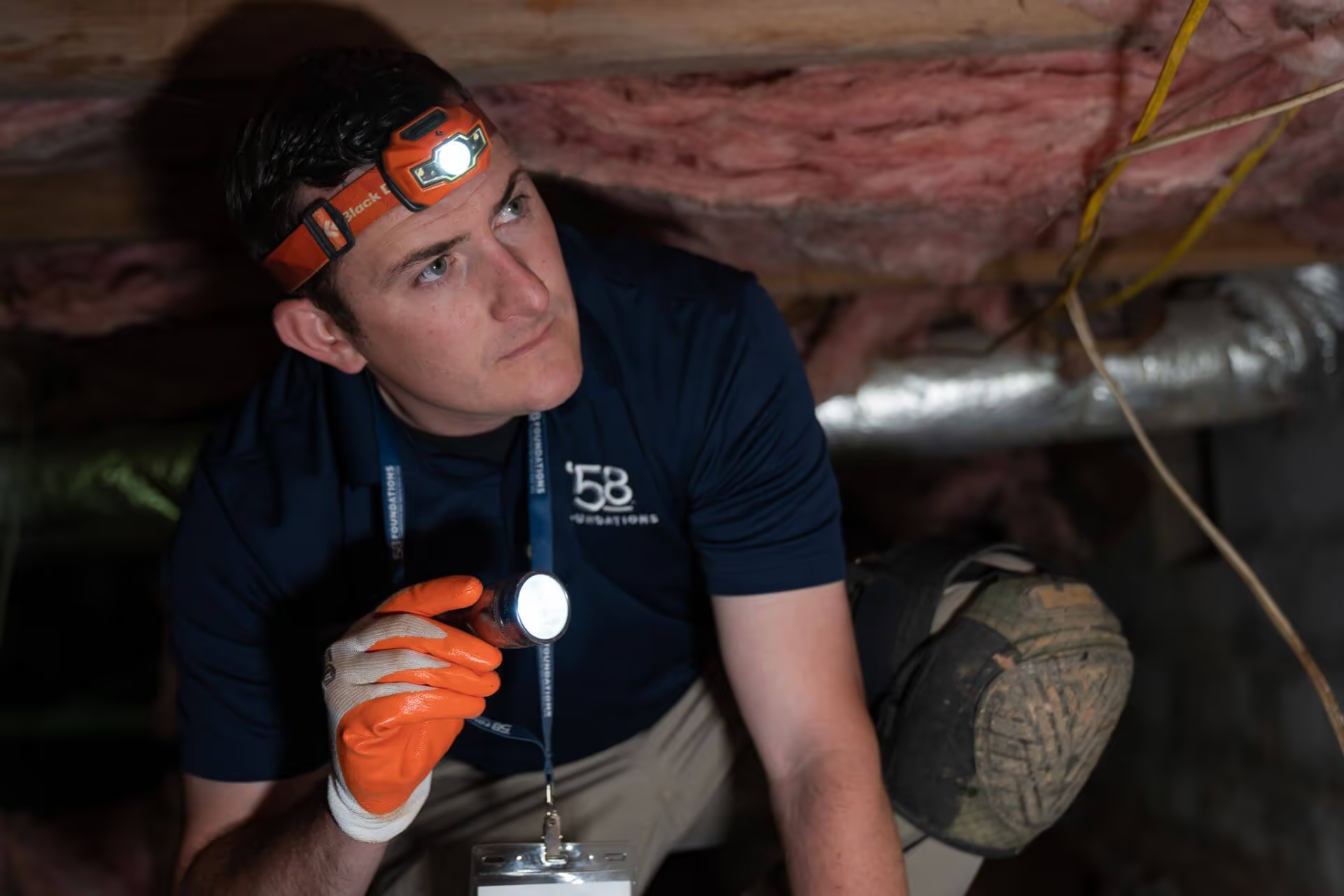Musty odors and earthy smells in your home can be signs of mold, mildew, or moisture issues in crawl spaces or basements.






Unpleasant and often indicative of mold growth, musty odors are earthy scents that arise from increased mold proliferation within homes. These odors result from elevated humidity levels and damp environments, which foster the growth of mold. But what exactly is responsible for that distinct smell?
Musty odors emerge as a result of heightened mold development. Elevated moisture content in the atmosphere creates a conducive environment for mold growth, ultimately leading to the characteristic musty scent. This aroma can manifest for various reasons, including insufficient ventilation, water-related damage, moist furnishings, saturated carpets, and overflowing gutters. Even in the absence of visible mold, the presence of a musty odor could indicate potential mold growth. In such cases, seeking the expertise of professional mold removal services is recommended, especially if concerns arise about potential exposure to airborne toxins associated with indoor mold proliferation.
Musty odors and earthy scents are telltale signs of mold presence in residential spaces. Although they frequently stem from high humidity and damp conditions, this isn’t always the case. Mold can establish itself on items crafted from cellulose materials, like wood, paper, or cardboard, particularly when exposed to moisture. These objects encompass elements such as ceilings, carpets, and furniture. In most homes, the presence of organic materials and bacteria contributes to heightened humidity levels, which, in turn, escalates the risk of indoor air contamination due to potentially harmful mold spores.
Damp conditions and elevated humidity levels amplify the likelihood of mold proliferation and dissemination. These circumstances tend to be more prevalent in spaces with inadequate ventilation, such as basements and bathrooms. Effectively regulating indoor humidity levels is pivotal in curbing excessive mold growth and the consequent musty odors. Maintaining humidity levels below the range of 55-60% can significantly mitigate the probability of mold development.
Water damage serves as a prevalent trigger for musty odors and earthy scents. Pooled water creates an environment conducive to mold growth, providing an ideal breeding ground for spores to colonize affected areas. Certain surfaces, like pipes, can also rust upon contact with water, thereby further catalyzing the propagation of mold colonies. Swiftly and adequately addressing water-related damage can effectively deter the onset of mold infestations. It’s worth noting that while some molds play a beneficial role in decomposing organic matter outdoors, it’s crucial to differentiate between naturally occurring mold and those caused by subpar maintenance or environmental factors.
Musty odors and earthy scents are not the sole indicators of mold presence within residences. Visible mold growth on surfaces is a conspicuous signal of mold proliferation. Furthermore, water damage, heightened humidity, and the prevalence of moisture serve as conducive conditions for mold development. Some molds can even precipitate health concerns, including allergies, asthma, and respiratory issues.
To preempt musty odors and mold proliferation, it’s essential to address the underlying cause. Adequate ventilation plays a pivotal role in reducing humidity levels and subsequently thwarting mold growth. Installing exhaust fans in bathrooms and kitchens can effectively expel excess moisture. Avoid over-watering indoor plants and promptly rectify water leaks. Routinely cleaning gutters and ensuring proper drainage around the foundation of the house can help prevent water accumulation. Swiftly tackling water damage and enlisting professional assistance for mold remediation are vital steps in safeguarding against potential costly repairs in the future.
Musty odors and earthy scents serve as harbingers of mold growth in homes. The combination of heightened humidity levels and damp conditions provides an optimal environment for mold proliferation. By identifying and addressing the root causes and implementing proactive measures, one can effectively stave off musty odors and the expansion of mold. Timely intervention for water damage and seeking professional aid for mold remediation can translate to substantial cost savings in the long term.






We respect your privacy. By submitting, you authorize '58 Foundations and Waterproofing to reach you via call, email or text for information about your project needs. We will never share your personal information with third parties for marketing purposes. You can opt out at any time. Message/data rates may apply. Consent is not a condition of purchase. Privacy Policy